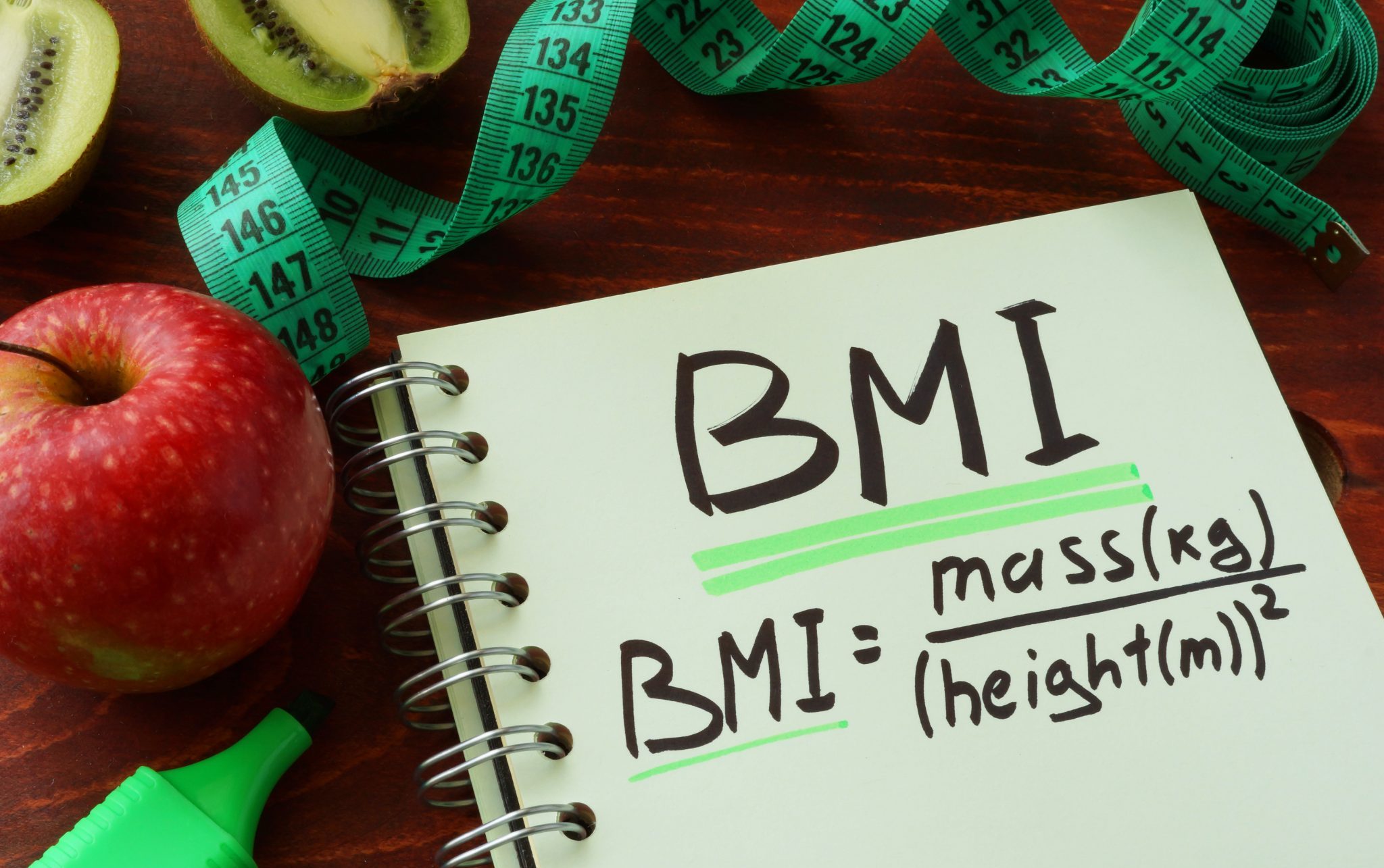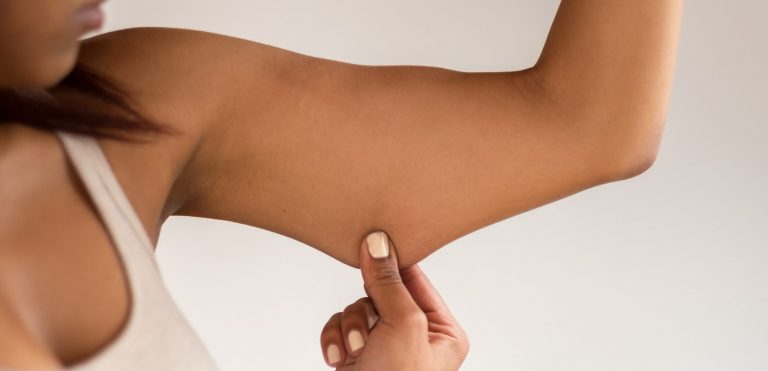Those dream jeans finally fit, and all your friends are complimenting you on your “weight loss,” so, why isn’t the number on the scale moving? If you’re tying your fitness journey satisfaction to an ideal number; it’s time to shift your priorities and stop wondering why you weigh more than you look.
Why don’t the scales match your clothes size?
While it might be logical to think that the more you diet and exercise the less you will physically weigh, this isn’t always the case. Sometimes as you get fitter, you will put on or remain weight, but your body will appear thinner, giving you that heavy but not fat result.
There are two reasons why you need to base your health on a different measurement than the one on your scales. And here they are:
Body Mass Index (BMI)
Developed somewhere between 1830 and 1850 by Belgian scientist Adolphe Quetelet as “body physics,” body mass index (BMI) was designed to be a simple formula to define if a person was of a healthy weight.
BMI is derived from a relatively straightforward math formula which calculates results based on height and weight:
BMI = weight (kg) / height2
The results define whether a person is overweight, underweight, or a healthy weight:
Under 18.5 = Underweight
18.5 – 25 = Healthy weight
25+ = Overweight
30+ = Obese
But, what does this matter for the number on the scales? It’s simple. That number of your scales and BMI share a similar fault, they don’t take into account muscle tone or any other factor that affects what you weigh, and this might be why you’re feeling heavy not fat.
Muscle vs. Fat
That brings us on to the muscle versus fat argument. While the common myth remains that muscle weighs more than fat; it doesn’t. One pound of muscle and one pound of fat weigh precisely the same––one pound.
The difference? Muscle is denser than fat, and as it is more compact within your body, as you gain muscle mass, you end up looking thinner, no matter your physical weight.
So, if you’ve been doing a lot of strength training lately, it’s likely this is the reason that you’re looking fantastic but not dropping those numbers.
How to measure your success without the scales?
If you’re part of the “skinny but weight a lot club,” you might be a little disappointed by the number that appears on the scale, but let’s face it––you are doing great! And you probably have the body to show for it.
So, don’t get hung up on those little digits, let’s learn about some other methods you can you to measure your success.
1. Choose a dream––yet, realistic, and that means not 2-3 sizes smaller than your current size––outfit and use how it fits and looks to measure how well you are doing.
2. Time to get out that measuring tape. If the scales say you’re heavy but you’re sure you’re not fat, one way to check is by recording the diameter of key body areas––upper arms, waist, bum, thighs, etc. to see if the number is moving.
Your waist is an excellent measure of your health. Both men and women with high waist measurements may be at risk of various diseases, such as diabetes and heart disease. These are the key numbers to watch out for:
- Men – Over 94cm (37in)
- Women – Over 80cm (31.5in)
3. Trust your own judgment. You are the best judge of how you feel; if you have been putting in the hours and are feeling happier and healthier, then it’s likely you are.





